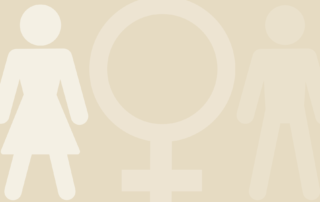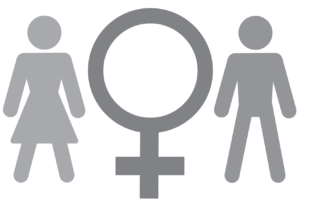
About Ariane Hegewisch
Ariane Hegewisch is Program Director of Employment and Earnings at IWPR and Scholar in Residence at American University; prior to that she spent two years at IWPR as a scholar-in-residence. She came to IWPR from the Center for WorkLife Law at UC Hastings. She is responsible for IWPR’s research on workplace discrimination and is a specialist in comparative human resource management, with a focus on policies and legislative approaches to facilitate greater work life reconciliation and gender equality, in the US and internationally. Prior to coming to the USA she taught comparative European human resource management at Cranfield School of Management in the UK where she was a founding researcher of the Cranet Survey of International HRM, the largest independent survey of human resource management policies and practices, covering 25 countries worldwide. She started her career in local economic development, developing strategies for greater gender equality in employment and training in local government in the UK. She has published many papers and articles and co-edited several books, including ‘Women, work and inequality: The challenge of equal pay in a deregulated labour market”. She is German and has a BSc in Economics from the London School of Economics and an MPhil in Development Studies from the IDS, Sussex.





